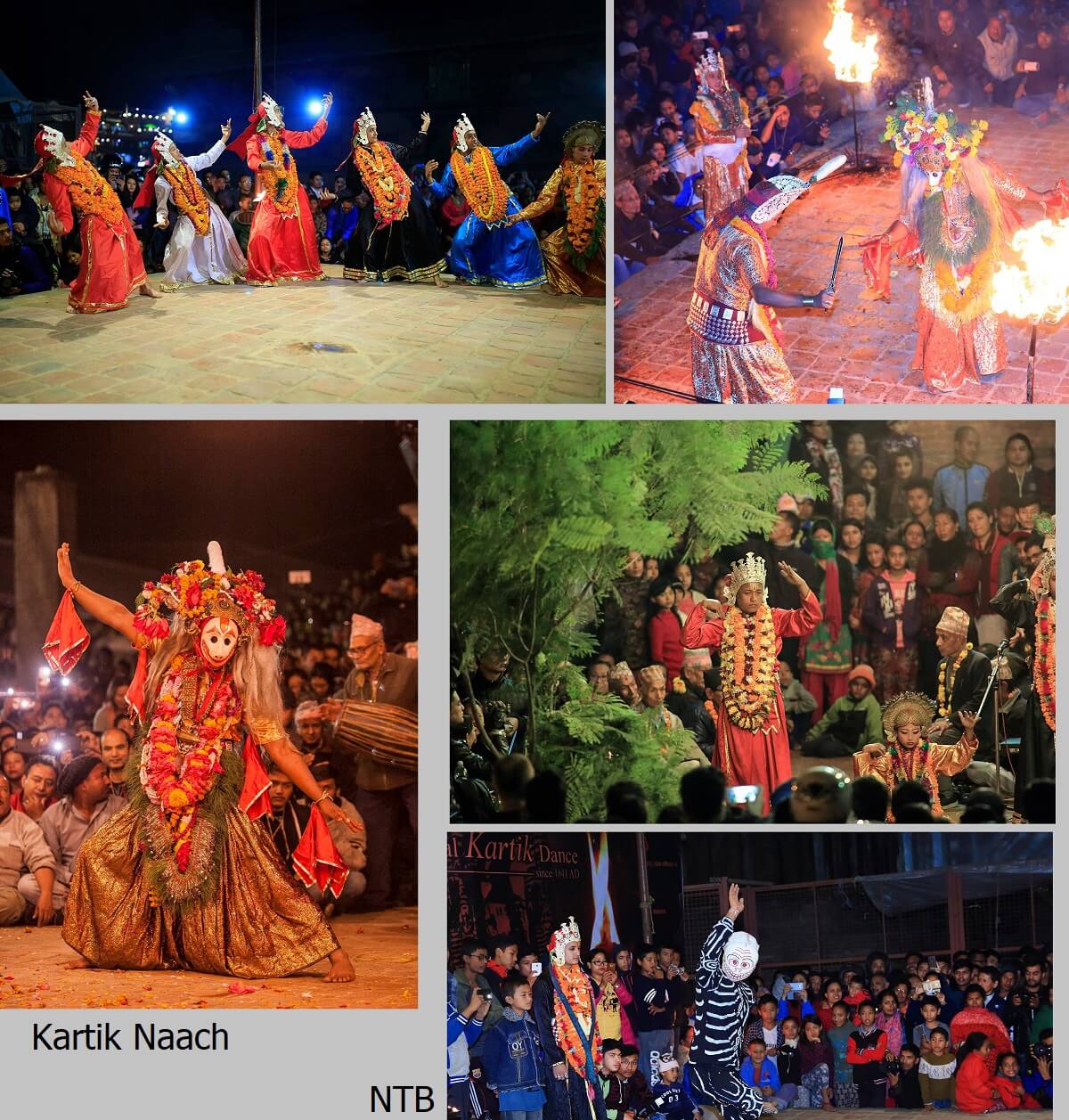
Historic Kartik Naach Begins in Patan from Kartik 10
The traditional Kartik Naach, performed annually for the past 385 years, will be staged at Patan Durbar Dabali, Lalitpur, starting from Kartik 10. The organizing committee announced that all preparations for this year’s performance have been completed.
According to Committee Chairperson Kiran Chitrakar, the dance will run regularly from Kartik 10 to Kartik 19, every evening from 7:00 PM onwards. He explained that the dance is based on 17 stories associated with Lord Vishnu, and each evening features a distinct narrative presented through devotional performance. The tradition began during the reign of King Siddhi Narsingh Malla, who initiated the dance for the well-being of the nation and its people.
Historical Background
Kartik Naach dates back to Nepal Sambat 761 (1697 AD). Its defining feature lies in performing a different story each night, following a set of divine acts (Lilas). According to Chairperson Chitrakar, King Siddhi Narsingh Malla started this dance to help the people of Lalitpur overcome fear and anxiety. The dance’s creator and founder was the same king, whose spiritual mentors were Pandit Haribansha Upadhyaya (education guru) and Bishwanath Upadhyaya (initiation guru).
Initially, the dance was performed for five days, but King Siddhi Narsingh’s son, Srinivasa Malla, expanded it to 15 days by adding Bath Pyakhan (folk drama), Sudama Pyakhan, and Surdas Pyakhan. Due to financial and logistical limitations, the festival is now condensed to 10 days, focusing on sustaining its core cultural values.
Cultural and Religious Significance
According to Sanjay Sharma Rajopadhyaya, coordinator of the Kartik Naach Promotion Committee, this traditional performance is a living intangible heritage of Nepal, preserved through generations without interruption. The dance holds deep religious and tantric significance and is regarded within the Newar community as an inclusive art form that promotes social harmony and cultural unity.
During the Malla period, dialogues in the Kartik Naach were performed in the Maithili language, which was later translated into Nepal Bhasa (Newar) to make it accessible to the local audience. Rajopadhyaya noted that the Kartik Naach is recognized as one of the world’s longest theatrical festivals, originally performed over 27 days. However, since 2006 BS, the duration has been shortened to 10 days due to time and resource constraints.
After Nepal’s 2007 BS political revolution, the performance was further reduced—between 2008 and 2037 BS, it was performed for only two days, featuring the Varaha and Narasimha avatars. With the establishment of the Kartik Naach Management Committee, performances resumed annually from 2038 to 2069 BS for eight days, extended to 10–12 days between 2070 and 2076 BS. During the COVID-19 pandemic in 2077 BS, the festival was limited to two days.
Preservation and Future Plans
To sustain this centuries-old tradition, the Kartik Naach Preservation Committee aims to establish a permanent fund of Rs. 10 crore, promote artists professionally, and train the younger generation to preserve the linguistic and performative aspects of the heritage.
The committee hopes to revive the full 27-day performance in the coming years, honoring the artistic, spiritual, and historical essence envisioned by King Siddhi Narsingh Malla.
Published Date: 2025-10-27
Festival

